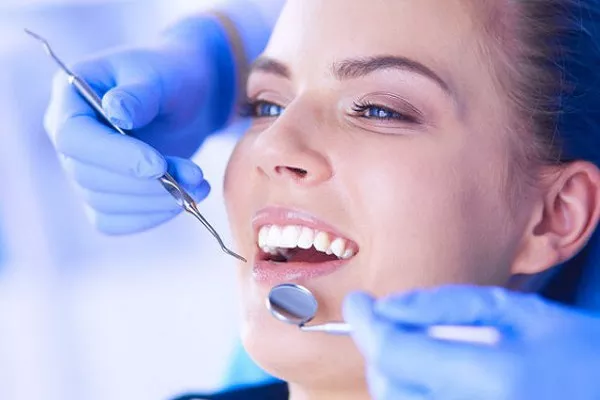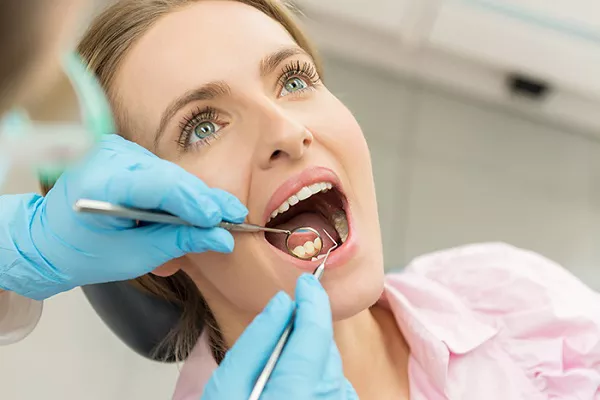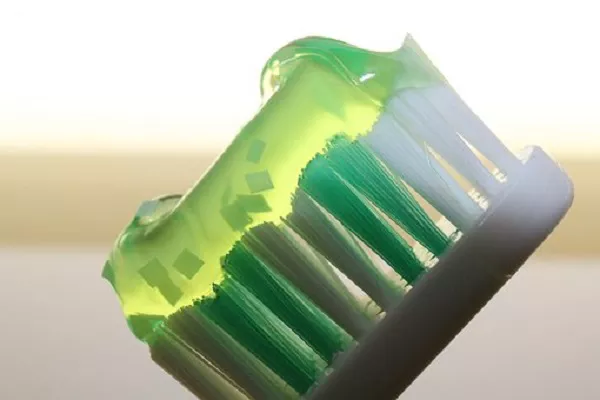Retainers play a vital role in orthodontic treatment, helping to maintain the alignment of teeth after braces or clear aligner therapy. One common question that arises is, “How long do retainers take to straighten teeth?” In this article, we will explore the factors that influence the duration of retainer use and provide insights into the timeline for achieving a straighter smile.
I. The Purpose of Retainers in Orthodontic Treatment
A. Retention Phase
- Retainers are used during the retention phase after the active orthodontic treatment.
- They help prevent teeth from shifting back to their original positions, maintaining the achieved alignment.
B. Stabilizing Teeth
- Retainers allow the teeth and surrounding tissues to adapt to their new positions.
- They provide stability and ensure long-term success of orthodontic treatment.
II. Factors Affecting the Duration of Retainer Use
A. Individual Treatment Needs
- The complexity of the initial orthodontic correction determines the length of the retention phase.
- More extensive alignment issues may require longer retainer use to stabilize the teeth.
B. Orthodontic Treatment Method
- The type of orthodontic treatment used, such as traditional braces or clear aligners, can influence the duration of retainer use.
- Treatment methods that involve more significant tooth movement may require an extended retention period.
C. Patient Compliance
- Consistent and diligent retainer wear is crucial for successful tooth stabilization.
- Failure to wear retainers as instructed by the orthodontist may result in teeth shifting back to their original positions, prolonging the treatment duration.
III. Typical Timeline for Retainer Use
A. Full-Time Wear
- Initially, orthodontists often recommend full-time retainer wear, typically around 22-24 hours a day.
- This ensures the teeth remain stable and minimizes the risk of relapse.
B. Transition to Nighttime Wear
- After the initial full-time wear period, the orthodontist may recommend transitioning to nighttime wear only.
- Nighttime wear helps maintain the achieved alignment while allowing the patient more freedom during the day.
C. Long-Term Retainer Use
- Many orthodontists advise long-term retainer use to ensure the teeth remain stable over time.
- Long-term wear can vary from several months to several years, depending on individual factors and treatment outcomes.
IV. Importance of Regular Follow-Up Appointments
A. Monitoring Progress
- Regular follow-up appointments with the orthodontist allow them to monitor the progress of tooth stability.
- Adjustments to the retainer wear schedule may be made based on the individual’s response to treatment.
B. Gradual Reduction of Retainer Wear
- Under the guidance of the orthodontist, retainer wear can be gradually reduced over time.
- This step-by-step approach ensures that the teeth remain stable during the transition to minimal retainer wear.
C. Continued Evaluation
- Even after the active retention phase, periodic check-ups with the orthodontist are essential to ensure the long-term stability of the teeth.
- The orthodontist can assess any changes in tooth alignment and recommend appropriate measures if needed.
Following the orthodontist’s recommendations and being diligent with retainer wear are crucial for achieving and maintaining a straighter smile. Here are the key takeaways:
- Individual treatment needs: The complexity of your orthodontic correction will influence the duration of retainer use. More extensive alignment issues may require longer retention periods.
- Orthodontic treatment method: The type of treatment you received, such as braces or clear aligners, can impact the duration of retainer use. Extensive tooth movement may require an extended retention phase.
- Patient compliance: Consistently wearing your retainer as instructed by your orthodontist is essential. Failure to comply with wearing instructions can lead to teeth shifting back to their original positions, prolonging the treatment process.
- Full-time wear: Initially, you may be advised to wear your retainer full-time, typically around 22-24 hours a day. This helps stabilize the teeth and minimizes the risk of relapse.
- Transition to nighttime wear: After the initial full-time wear phase, your orthodontist may recommend transitioning to wearing the retainer only at night. Nighttime wear maintains the achieved alignment while allowing more freedom during the day.
- Long-term retainer use: Long-term wear is often recommended to ensure the long-term stability of your teeth. The duration can vary from several months to several years, depending on individual factors and treatment outcomes.
- Regular follow-up appointments: It is important to attend regular check-ups with your orthodontist to monitor the progress of tooth stability. The orthodontist can make adjustments to the retainer wear schedule and provide guidance during the transition to minimal retainer wear.
Remember, every individual’s orthodontic journey is unique, and the duration of retainer use will depend on various factors. By following your orthodontist’s instructions, maintaining good oral hygiene practices, and attending regular check-ups, you can maximize the effectiveness of your retainer and enjoy a beautifully straight smile for years to come.
Consult with your orthodontist for personalized recommendations and guidance tailored to your specific needs. They will provide the most accurate information and support throughout your orthodontic treatment journey.
Related Topics:































